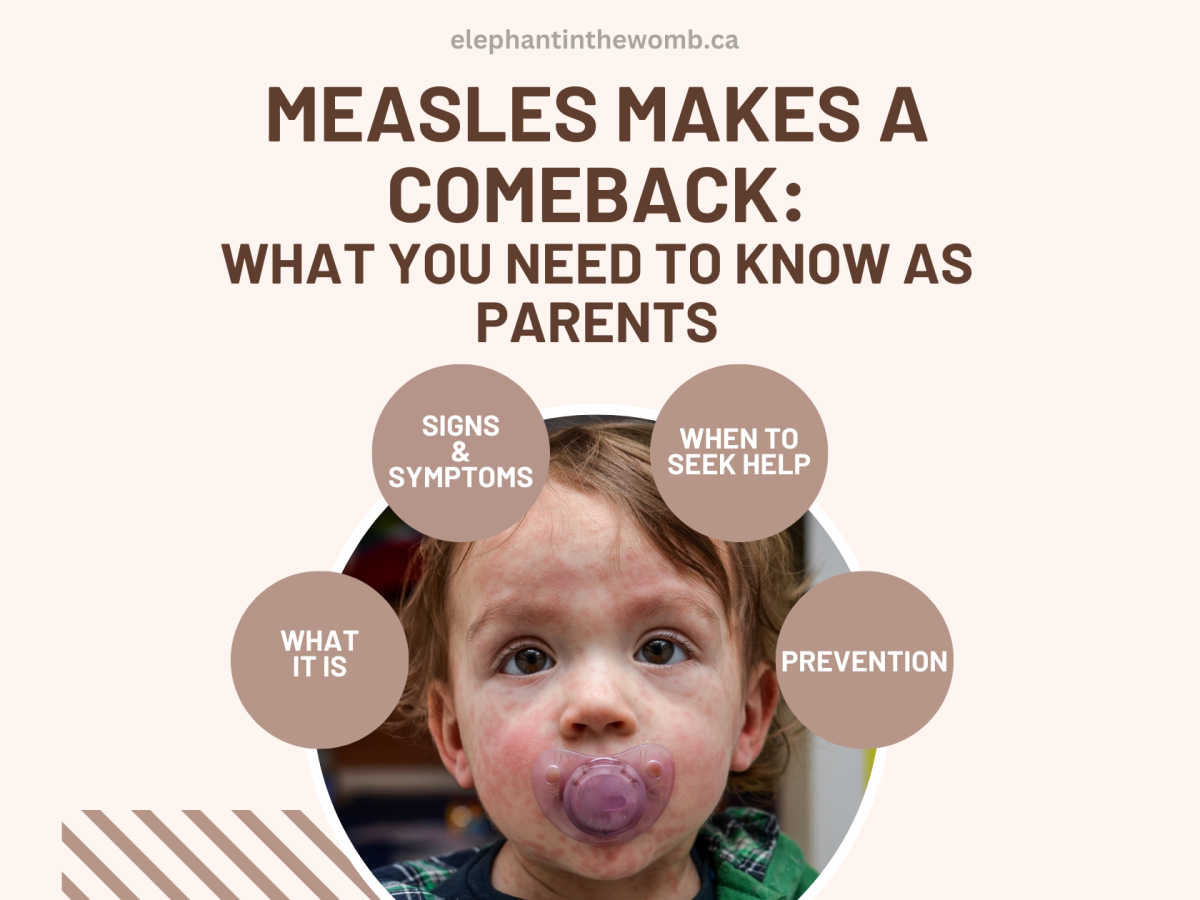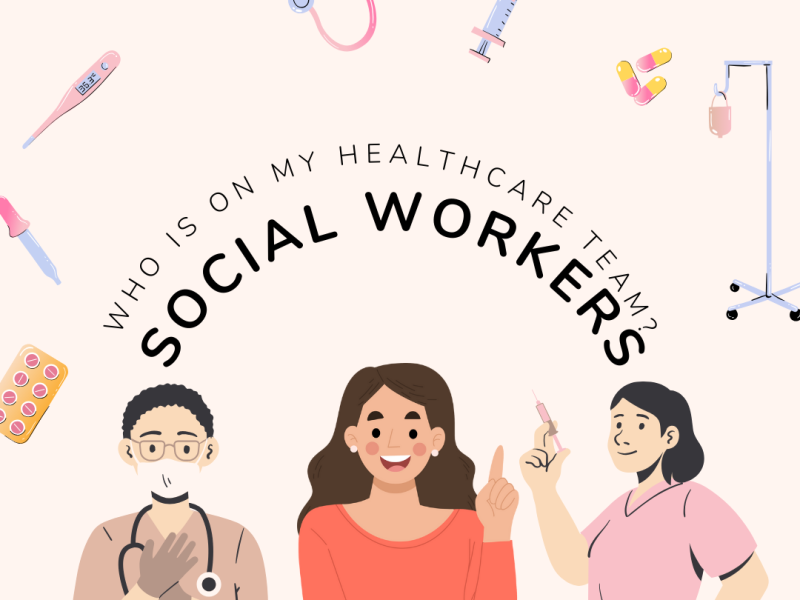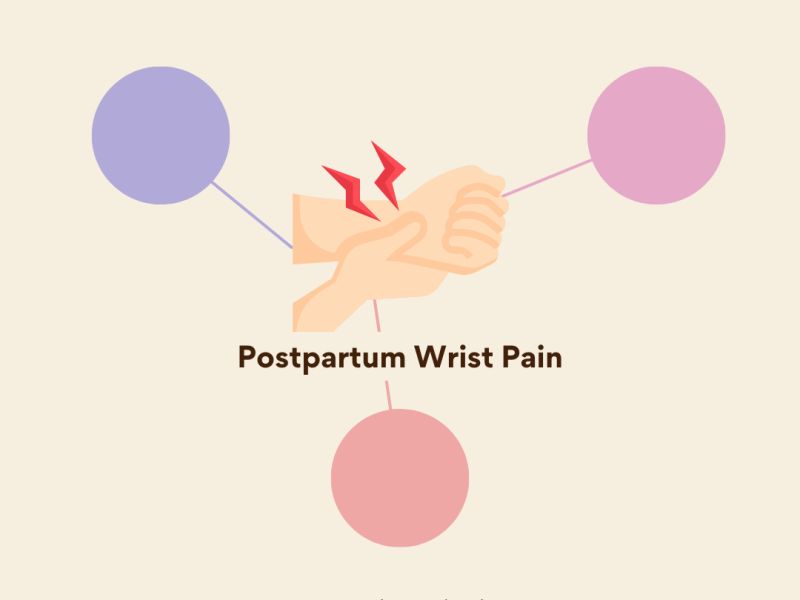I just want to say, I am not an expert on this topic at all. But frankly, I’m tired of seeing the misinformation surrounding the COVID vaccine, specifically the claim that “they haven’t tested it on enough people“.
You can see Canada’s stance on the COVID19 vaccine and pregnancy/breastfeeding here and here. Here is some more info from the CDC.
However, for the majority of the population this simply isn’t a valid point, and I think that having a better understanding of what a clinical trial actually is, and what it involves may help people to better understand this. Better understanding of how these things work allows people to make more informed decisions.
*Disclaimer: This blog is intended for informational purposes only. The information on this blog should not be used as a substitute to medical advice or medical treatment. As always, your Primary Care Provider, a doctor, or another health professional is your best resource for specific questions and medical advice. If you believe you or a loved one are experiencing a medical emergency, please contact 911.*
Before we begin: Let’s talk about how this relates to women’s health and/or pregnancy.
This is a family, reproductive and maternal health blog after all.
So if you’ve been pregnant or have breastfed, you’ve probably noticed that there are a lot of medications that are sort of “up in the air” in regards to safety. In the US, the FDA has pregnancy categories from A to D and X (Canada also follows these).
In a brief overview – category A means there have been studies that have shown no risk in any trimesters, where as category D there has been evidence of adverse effects or fetal risk with human use (however, a physician and patient would weigh risk and benefits of the drugs use, because benefit could still outweigh risk depending on the scenario). The other letters fall somewhere on a spectrum in between (and often relate to testing done only in animal populations or involving cells).
Category X is code for: do not use, risk outweighs benefit.
So, from this rating system (and if you’ve ever looked up a common drug to see how it rates) you can see that at this time, there are lots of gaps in the research for drug use and safety in pregnant women.
Do clinical trials ever include pregnant people?
They sometimes do (and I’ve heard many claims that they “never do”) but there is criteria that has to be met to include them. So, this does mean that their inclusion is limited in comparison to the general population.
Two ways that pregnant women are studied commonly are by observing those who are either already using a drug or have already had a vaccine administered (so looking at it after the fact) or by studying those women who are enrolled in clinical trials and then find out they are pregnant or become pregnant during the trial.
However, many believe that this needs to change. We need more data to work with in regards to pregnant women. It can be done ethically, and there are many initiatives and people working on this issue currently, to fill this massive gap in women’s health research.
So what is a clinical trial?
It is a research study that is looking at or testing the use of a medical device or treatment; a drug (or vaccine); or any type of intervention that might be used to improve the lives of society. It aims to compare the new intervention/device/drug/etc. to anything that may currently exist to treat or deal with the issue, and/or to look at potential side effects of its use.
Clinical trials are done with humans, however before you can be allowed to test anything on humans, animal studies must first be completed with overall positive results (cellular studies would be the other option – your typical “test tube” testing). That means that we don’t just invent a vaccine and start injecting humans with it.
Wait weren’t some early experiments with what would become the smallpox vaccine just injected into a human without animal testing?!
Why yes, back in 1796 Edward Jenner did use matter from a milkmaids cowpox sore to inoculate a young boy, James Phipps, after he observed that milkmaids exposed to cowpox did not seem to get smallpox.
Keep in mind that this was 1796 – and then look at the world around you and think how many other things have drastically changed, improved or developed, since that time.
Although clinical trials in an informal sense had existed for centuries, the ethical components and safeties we see in place today took lots of time to come into existence. The Nuremberg Code, which was born after the Nazi regime and the twisted and horrible medical testing they did without consent, didn’t come into place until 1947. Some guidelines for informed consent had existed since 1900, however it wasn’t considered essential until the Code was put in place.
Since that time, further ethical, medical and safety guidelines have been put into place to make sure research is done as safely as possible. With people who volunteer to participate.
Part of that process is doing animal studies prior to clinical trials on humans (though similarly, animal studies are not new – people were testing things on animals for a long time before it just wasn’t a requirement).
The 4 phases of the clinical trial
A drug is not approved until it at least reaches phase III of clinical trials. Lets look at the 4 phases briefly, so we can gain an understanding of what they involve and how rigorous they are:
Phase I: the treatment is tested on small group of people (20-100 people roughly). Safety, side effects, and dosage (if relevant) are examined.
Phase II: the treatment is tested on a larger group of people (in the hundreds). It looks at how effective the treatment is, while also still observing the safety and side effects. It also aims to render some data on whether or not the treatment is effective in those with specific diseases or health conditions. This can be a long phase, sometimes lasting several years (we will talk about ‘fast-tracking’ in a second).
Phase III: the treatment group size is increased to (up to) thousands of people, and the treatment is studied in different dosages and in various populations. The treatments interaction with other drugs is also observed in this phase. If everything looks good at this point, the treatment is approved – only about 25-30% of trials move to phase IV.
Phase IV: is essentially continued monitoring of an approved treatment. Real life application and monitoring.
I’ve heard of phase 0, what is that?
I didn’t discuss this phase because it is not required – they may be done in certain circumstances where faster approval of the drug or treatment is desired.
By testing a very small group of people (usually under 15 people) with a small dosage of a drug, scientists and researchers can determine whether or not the drug will have the intended effect in people.
This page has a simple yet detailed explanation of each phase of the clinical trial and the related risk of each phase.
So? What does this all mean?
It means that before any drug or treatment (including vaccines) is released to public access (phase IV), it is tested. A lot. Often over years of time – so nothing is being released to you without testing! Including vaccines!!
Yes – some new side effects can pop up after a drug or treatment is released, and this is because it is being used by larger and more diverse populations of people. More people who are different = more possibilities for side effects to arise. That is why clinical trial phases increase the population tested at each step.
By phase III, the population being tested would be representative of the overall population (or else it likely would not be approved) however, it’s still possible for people – with all our unique genetics – to have different reactions to things, even after so much testing.
Ok… how did the COVID vaccine get approved so fast if sometimes this can take years?
Just want to reiterate – I am no expert. If you want a science-y and detailed explanation, seek the opinion of an expert.
Put simply: research on coronaviruses in general, isn’t new. mRNA vaccines also are not new – the technology has been worked upon for years! So, we were really just very lucky that a lot of the base research for the vaccine had already been done. That, combined with the fact that we have been living in a pandemic for 9 months now (so we are getting tired of doing this) and the massive amount of funding that has been allotted to vaccine development – makes the perfect cocktail for quick testing and production of an effective and safe vaccine.
All of this does not mean that any safety steps were skipped. It could not be approved if that were the case. It just means there were other factors at play – some people start clinical trials on a treatment that has very little other research around it – this means that certain steps of their process may be slower, their production or release may be delayed because it takes them longer to get through the phases. This was not the case for COVID-19 because lucky for us, coronaviruses are actually very common and well studied.
So, I hope this information was valuable to you in some way – that it gives you an overview of how these things work because really – no one ever explains it to us unless you go to school for something medical or healthcare related. I definitely don’t remember learning about clinical trials in high school – but it might be an interesting and valuable addition to science or health curricula (among other topics…). It has day-to-day applicability in my opinion, because it’s important to know how the world works. Knowledge is power and knowing these things helps us make informed decisions – and being informed is critical in the decision-making process.
If you like this type of post, let me know by tweeting at me @EITWblog!





Leave a comment